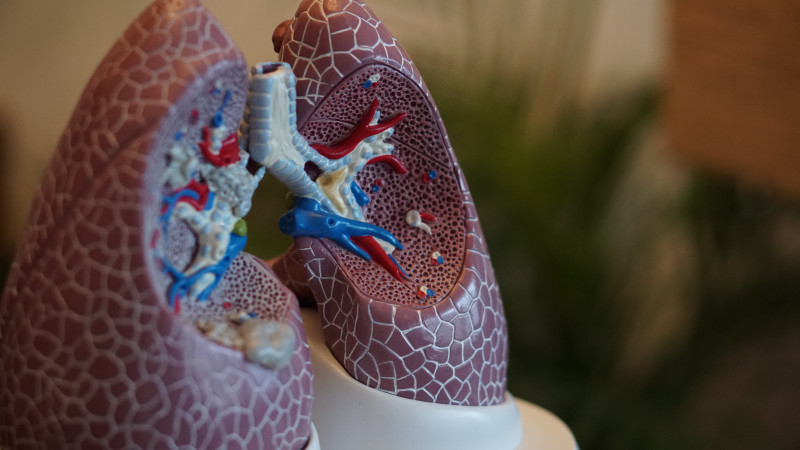Spinraza Improves Lung Function in SMA Type 2 Child, Report Says

Robina Weermeijer/Unsplash
Spinraza (nusinersen), a treatment for spinal muscular atrophy (SMA) that helps improve motor function, was found to also improve lung function in a 10-year-old girl with advanced SMA type 2, a case report says.
The report, “Nusinersen improved respiratory function in spinal muscular atrophy type 2,” was published in the journal Pediatrics International.
Most people with SMA carry a mutation in SMN1, a gene that contains the information needed to make a protein called survival motor neuron (SMN). SMN is essential for motor neurons — nerve cells responsible for muscle movement — to function properly.
A second gene, SMN2, also contains the information needed to make SMN, but is not able to produce enough protein. This happens because most of the protein produced is shorter and destroyed quickly within cells.
Biogen’s Spinraza is a disease-modifying treatment approved for use in all SMA types. It works by acting on the SMN2 gene and allowing cells to produce more full-length SMN protein.
Although breathing is often impaired in children with SMA as a result of weakened intercostal muscles (those supporting the chest wall), limited data are available on the efficacy of Spinraza for respiratory function in SMA types 2 and 3.
Now, researchers in Japan have reported the case of a 10-year-old girl with advanced SMA type 2 whose lung function improved steadily after treatment with Spinraza.
The girl was first admitted to hospital at 15 months of age due to a delay in motor development. She was able to sit, but not crawl or stand up, independently. In general, she had poor muscle tone, muscle weakness, absent tendon reflexes, tongue muscle twitching, and normal intellectual development.
An electromyography — a test used to assess the health of muscles and motor neurons — determined that symptoms could be due to a neurological disorder. Further genetic testing revealed a deletion of exon 7 in both copies of the SMN1 gene, and the girl was subsequently diagnosed with SMA type 2.
At age 3, the girl developed pneumonia caused by a bacterial infection, and her breathing was impaired. Therefore, she was placed on noninvasive positive pressure ventilation (NPPV).
When she was 4, the patient developed atelectasis — a complete or partial collapse of the lung — after a bacterial infection, and mechanically assisted coughing was started to help clear the airways.
She was then hospitalized several times due to recurrent episodes of pneumonia. Her clinical condition deteriorated as she was unable to roll over or change her position, and depended on an electric wheelchair to move.
From age 8 to 9, she took part in a clinical trial of valproate at another hospital, but her motor and lung function did not improve.
At 9 years and 5 months, she was started on 12 mg of Spinraza, given as a injection into the spinal canal. She received the next dose 15 months later, and every six months thereafter.
She began achieving more motor milestones, as assessed by the Hammersmith Infant Neurological Examination section 2 score. She became able to keep her neck stable while sitting and to move her legs while lying horizontally.
Lung infections became rarer and various measures of lung function improved. As a consequence, the child started using the ventilator only at night. No treatment-related side effects were noted.
The girl also had a curved spine (scoliosis) at the level of the chest, which improved from 12 degrees before treatment to 20 degrees after 11 months.
“Progressive decline in respiratory function is caused by progressive respiratory muscle failure, limited lung and chest wall growth, and scoliosis progression in SMA,” the researchers wrote.
“[T]he improvement of respiratory function by nusinersen, in this case, is speculated to be attributed to the early introduction of NPPV-maintained pulmonary and thoracic compliance and a mild degree of scoliosis,” they concluded.
In the future, the team hopes to evaluate the effects of Spinraza on lung function “in other patients with later-onset SMA.”









